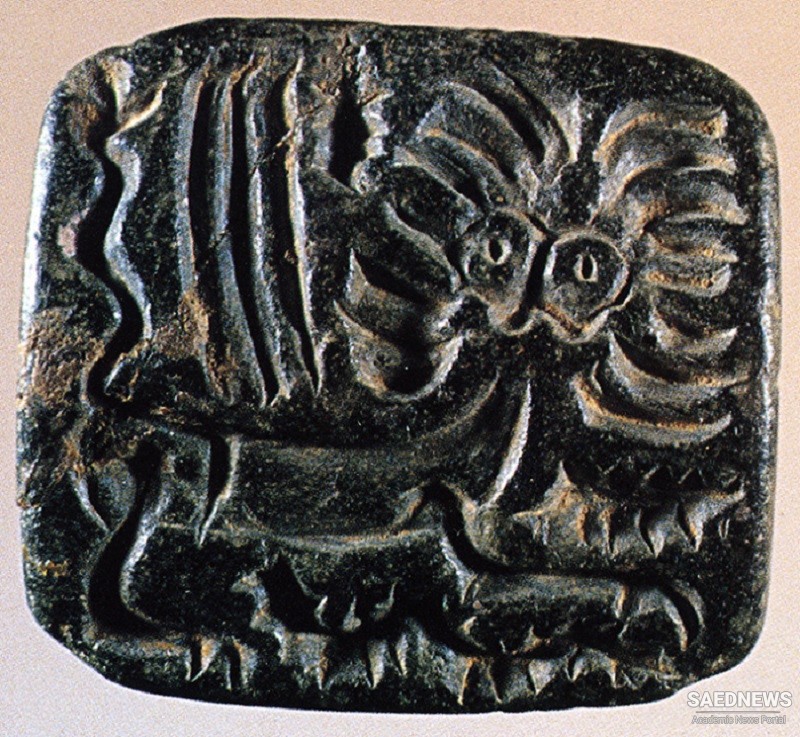Rather less is known of the cultures in this time range in Iran than of contemporary cultures elsewhere in the ancient Middle East. Research has tended to concentrate on the Neolithic and protohistoric periods, and the scattered evidence for important cultural and artistic developments in the Chalcolithic Period (Copper Age) and Early Bronze Age resists coherent summary. It is clear that trends that began in the late Neolithic Period continued in the millennia that followed and that the rugged, broken landscape of the Iranian plateau forced people into a variety of relatively isolated cultures. In no instance, with the important exception of Elam (see The Elamites, below), did Iran participate in the developments that led to fully urban civilization in lowland Mesopotamia to the west or in the Indus valley to the east. Throughout prehistory the Iranian plateau remained at the economic and cultural level of village life achieved in the Neolithic Period. The separate cultural areas on the plateau are as yet barely understood by the modern archaeologist in any terms other than through the painted pottery assemblages found at several sites throughout Iran. Though they developed in comparative isolation, each of these areas does yield some evidence of cultural contact with its immediate neighbours and, in some striking cases, with developments in the centres of higher civilization in Mesopotamia. Trade would appear to be the principal mechanism by which such contacts were maintained, and often Elam appears to have acted as an intermediary between Sumer and Babylon on the one hand and the plateau cultures on the other (Source: Britanica).

















































